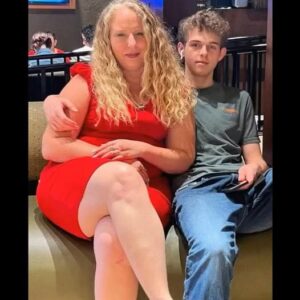For much of the past century, the prevailing explanation for how the earliest inhabitants reached North America seemed firmly established. Generations of students learned the same straightforward story: during the last Ice Age, when sea levels were lower, a land bridge known as Beringia connected Siberia to Alaska. Early humans, following migrating animals, crossed this landmass and eventually populated the entire Western Hemisphere.
It was a clean narrative — concise, predictable, and easy to organize into textbook diagrams and museum displays.
Yet history, like human movement itself, is rarely simple. Over the last decade, the rapid expansion of genetic technology has allowed researchers to study human ancestry at a level of detail once unimaginable. These scientific innovations, combined with richer partnerships between Indigenous communities and academic institutions, have opened the door to new interpretations of North America’s earliest chapters. Among the most discussed contributions are genetic studies involving members of the Cherokee Nation, an Indigenous nation with a deep cultural and historical presence in what is now the southeastern United States.
The emerging findings do not overturn existing knowledge. Instead, they deepen it. They suggest that the peopling of the Americas was not a single migration that occurred at one moment in time, but a far more complex sequence involving different groups, different routes, and potentially different eras. In many ways, the science is aligning with oral histories that Indigenous peoples have preserved for thousands of years — histories that describe long migrations, connections with earlier societies, and origins that cannot be captured by a single theory.
What follows is a closer look at how these discoveries were made, what they reveal, why they matter, and how they help reshape our understanding of the deep past.
For decades, the Bering land bridge explanation dominated scientific discussion. During the last Ice Age, massive glaciers trapped enormous amounts of water, lowering sea levels and exposing land between Asia and North America. This dry corridor served as a natural passage for humans, animals, and plant species.
Archaeologists had long believed that once these early humans arrived in Alaska, they gradually migrated southward through an ice-free corridor between two enormous glacial sheets covering much of modern Canada.
Evidence for this theory was strong:
Stone tools discovered at early North American sites resembled those found in Siberia.
Genetic similarities linked modern Indigenous groups to ancient populations in Northeast Asia.
Climate models supported the existence of open migration routes during particular time windows.
For much of the 20th century, this explanation became the foundation for interpreting early American history. While alternative theories circulated — such as the possibility of coastal migrations or earlier arrivals — they were generally considered secondary.
However, as technology advanced, researchers began to see that human history was not confined to a single pathway or time period.
The Role of Modern Genetics in Reexamining Ancient Migrations
The study of ancient human movement has undergone a profound transformation thanks to genomic sequencing. Early attempts to trace population histories relied heavily on archaeological discoveries, carbon dating, and linguistic comparisons. While useful, these tools could only reveal part of the picture.





